Our History
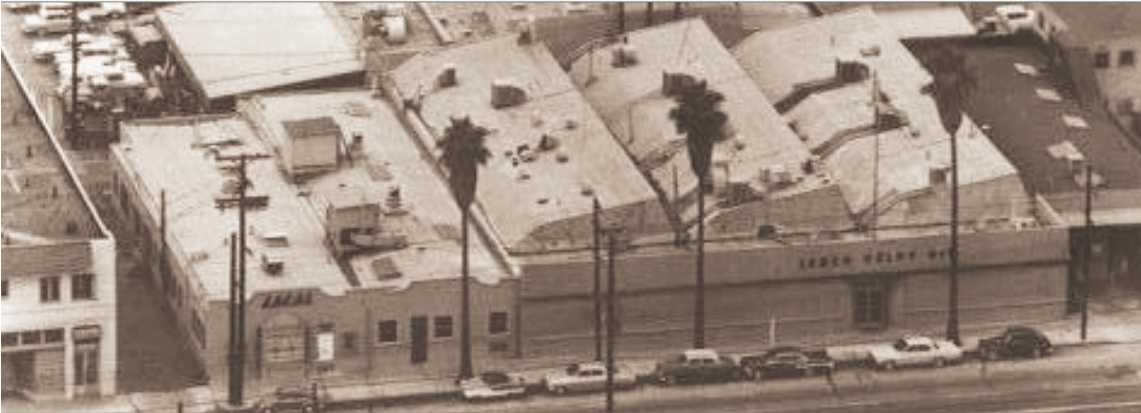
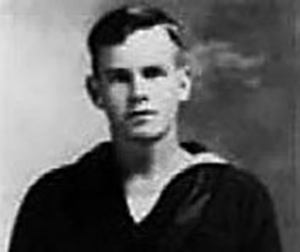
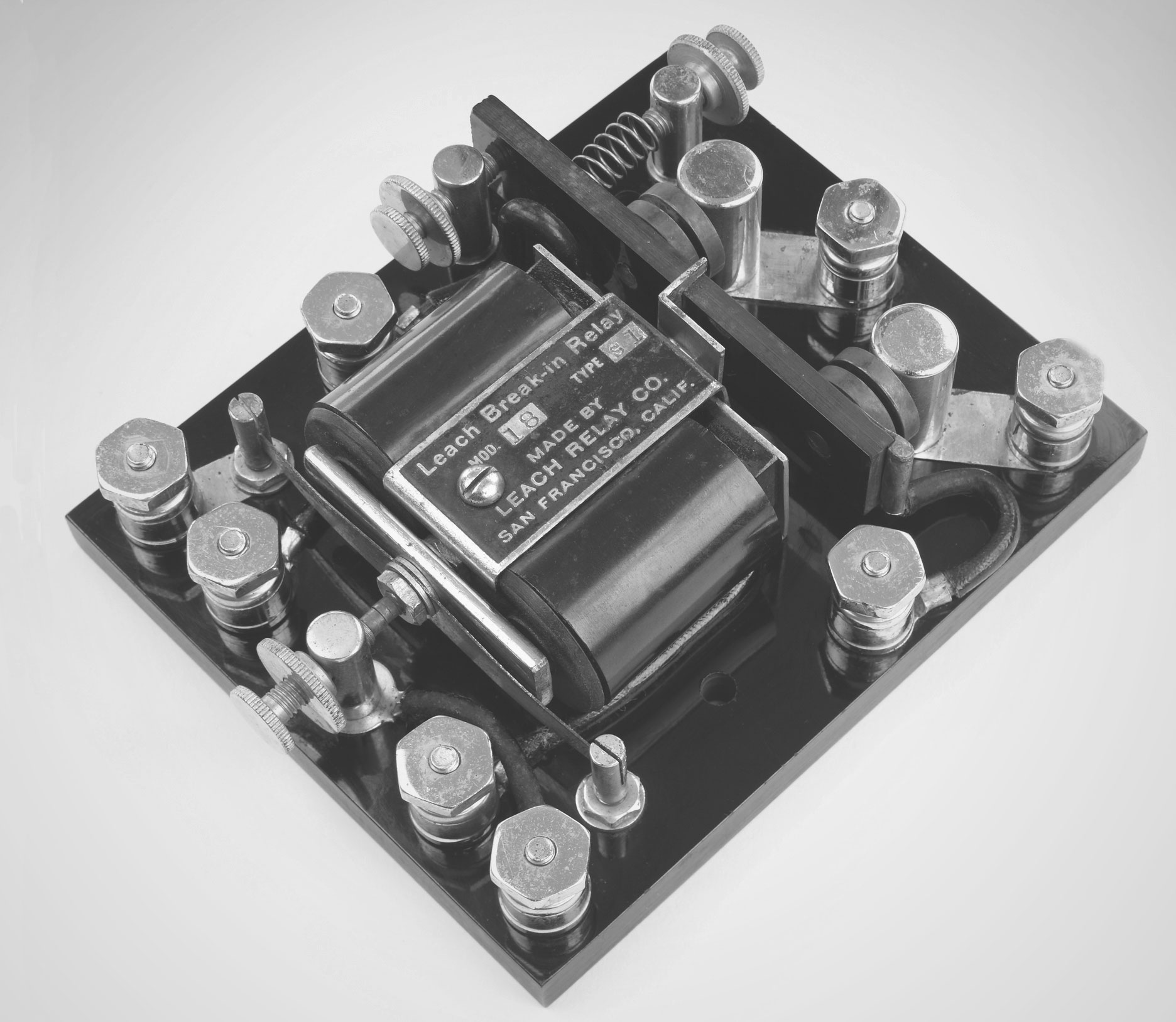
1919
Val Leach invents the Leach Break-In Relay, a device that revolutionized telecommunications and launched the Leach Relay Company.
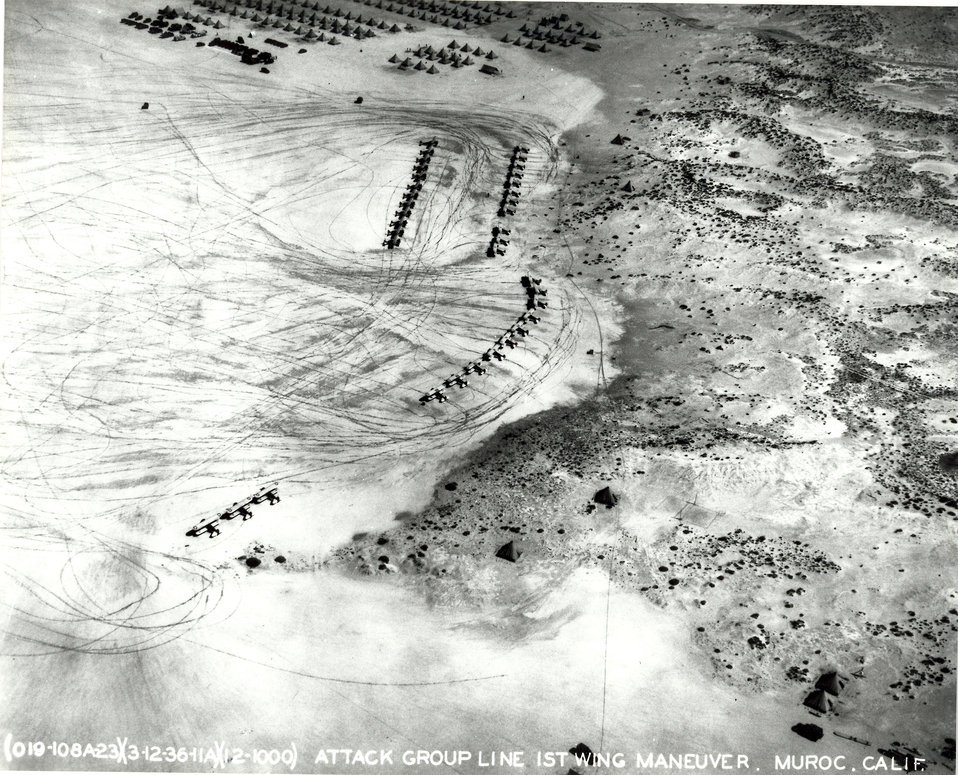
1936
Val designs the first solenoid contactor specifically for use in aircraft, known as Leach Type 5038. As U.S. aircraft manufacturers struggle to find heavy-duty relays, this new product can finally withstand the extreme conditions and high demands of commercial flight.
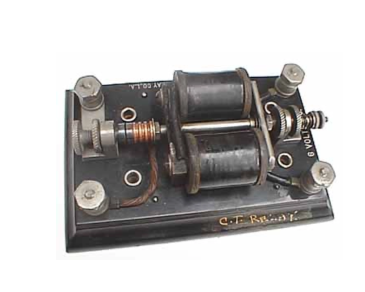
1929
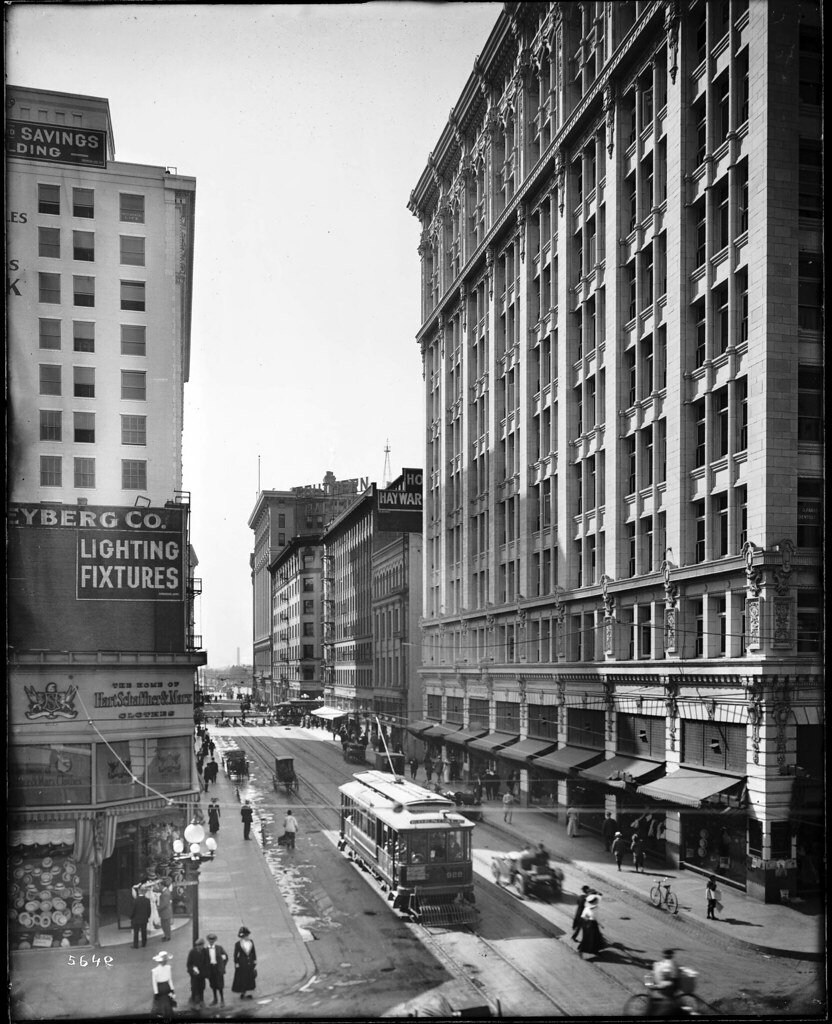
Leach moves to Los Angeles, CA and hires his first employee, E.K. Neale.
The 1930s is a time of tremendous growth.
• new relays added to product line
• staff grows to 20 employees
• first building & land purchased
• plant enlarged to twice its original capacity
1936-1942
The Leach Type 5038 is used in starter motor applications for all 607 of Douglas Aircraft Company’s venerable DC-3.
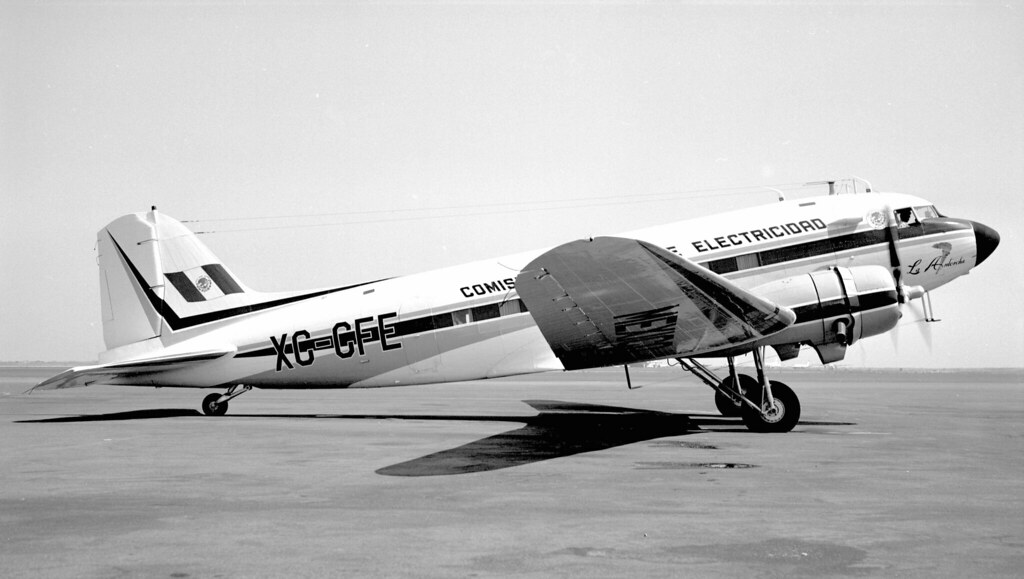
(credit: “Douglas DC-3 XC-CFE” by Bill Larkins is licensed under CC BY-SA 2.0)
WORLD WAR II
Demand for aircraft increases, and so has the demand for relays.
Leach grows to 75 employees with three adjacent lot purchases and a new building under construction.
1940
Tragedy strikes
1941
Val Leach dies in an automobile accident in October. The corporation continues to operate with Neale, Croft, and Lyle Adams (representing Mrs. Leach) as directors.
Tragedy strikes again
1942
Mrs. Leach passes away during surgery in August, leaving the Leach Relay Co. to her two minor children, Patricia and Bill, under guardianship of Attorney F. Paul Hornaday, administrator of the estate.
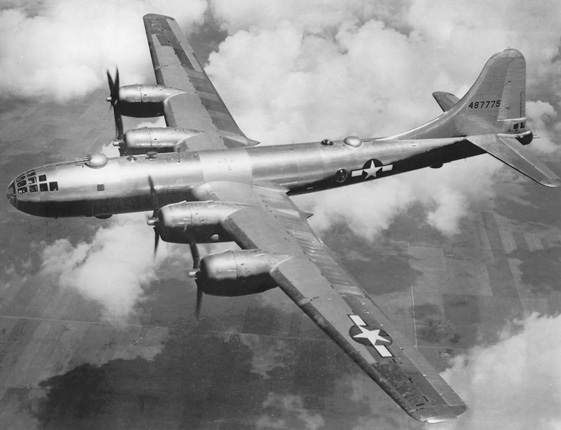
Business is sold to the Robinson Foundation, Joseph F. Clark is installed as President and General Manager, and E.K. Neale remains Vice President in charge of production and engineering.
1945
Clark sells it to G. L. Ohrstrom & Company
1949
1941
Leach employs 125 production workers and Leach Relay incorporates.
President – V.A. Leach
VP & General Manager – E.K. Neale
Secretary & Treasurer – Harry Croft
Dec 7, 1941
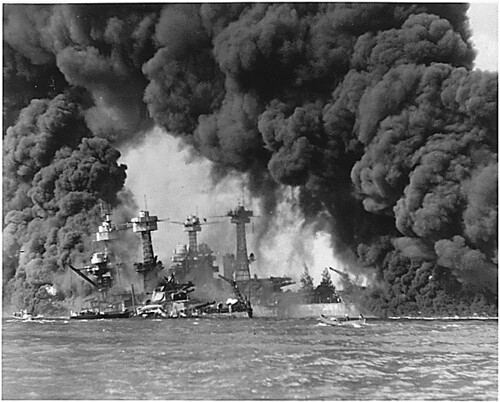
PEARL HARBOR: Relay demand grows exponentially
1944
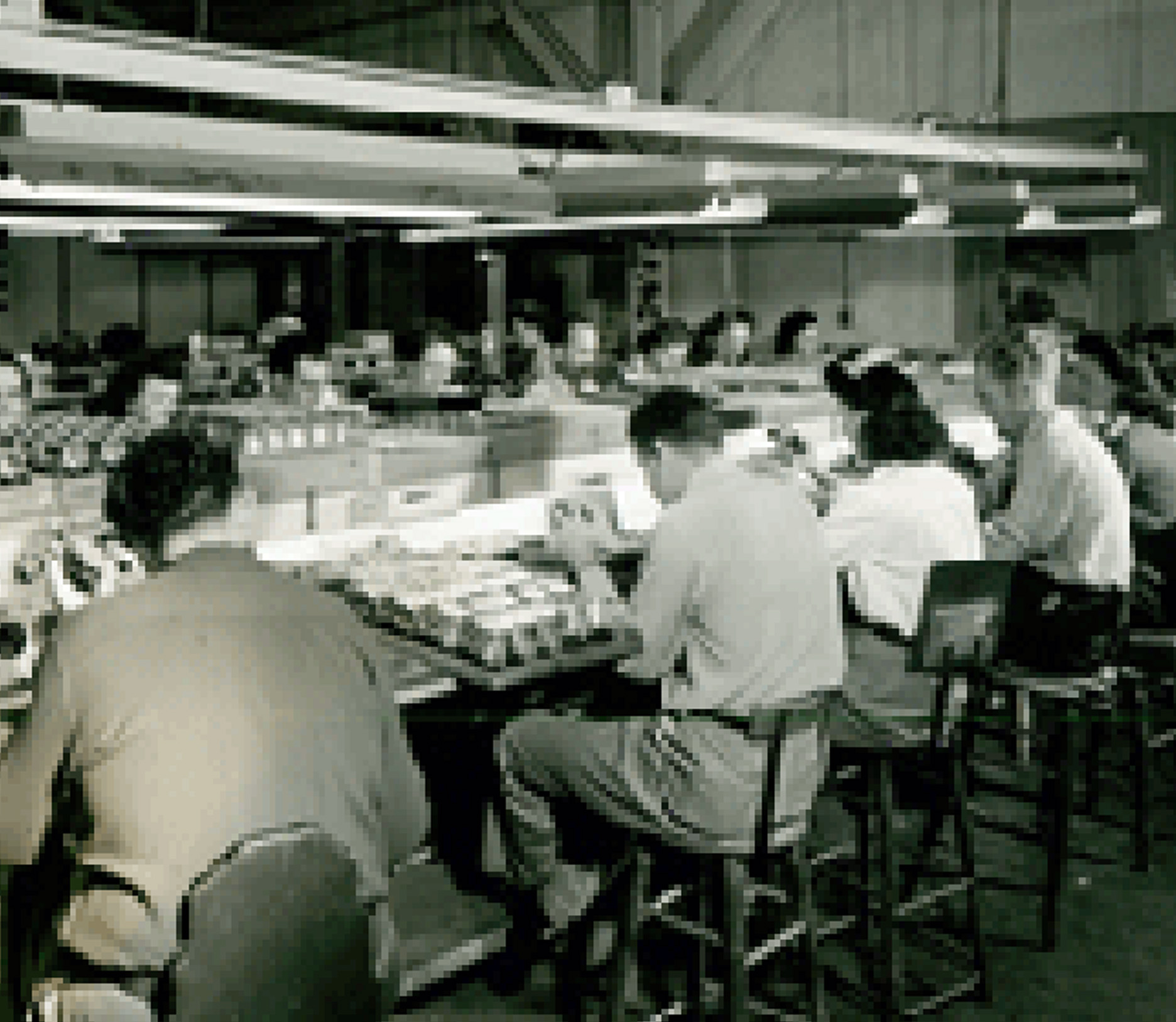
Production at Leach increases from 20,000 units monthly to 130,000 units. Leach begins producing relays for aircraft, tanks, landing craft, and communications equipment manufacturers as well as the Air Force, Navy, Signal Corps, and other government branches. Staff increases to more than 800.
1946
The Robinson Foundation sells the company to Joseph F. Clark
ACQUISITION & GROWTH LATE 1940s – EARLY 1960s
Many companies who entered the aircraft relay industry during World War II abandon these divisions and return to their industrial and commercial fields.
The Leach Relay co. continues supplying relays to the aircraft industry
LATE 1950’s
As the world’s first satellites are launched, Leach’s Relay Division becomes an industry leader by meeting critical demand for smaller and lighter components with higher resistance to shock and vibration forces.

1959
Leach Relay Plant circa 1959
1951
A New MilestoneLeach engineers develop the contaminant-free “balanced armature” unit used in the Century Series, including the F100 through F106 aircraft.
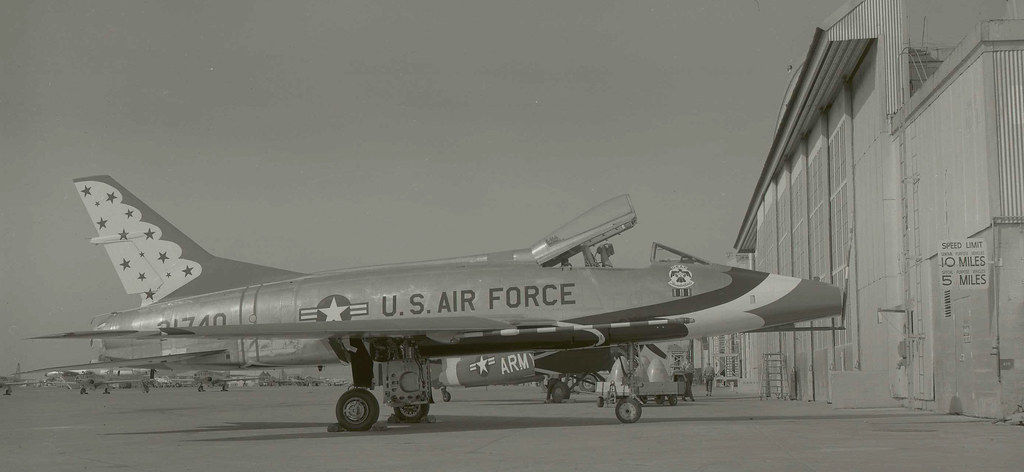
(credit: “Air Force Thunderbirds, F-100” by born1945 is licensed under CC BY 2.0)
YEARS OF EXPANSION
1960s – 1970s
The market for time delay relays and other control devices grew as aircraft manufacturers demanded smaller and lighter components to conserve space and weight in a growing number of jet aircraft with complex electrical systems.
Leach Relais and Elektronik (LRE) is founded in Germany to provide the same capabilities in space electronics abroad.
1961
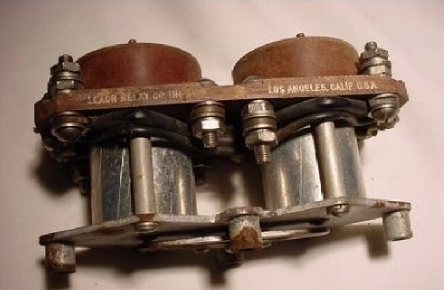
1975
Leach develops a hybrid microelectronics facility to produce miniaturized timing circuits for time delay relays. The product gains immediate acceptance in the marketplace and creates an opportunity for Leach to manufacture a broad line of new solid-state products – the smallest, lightest devices of their type in the industry.
1962
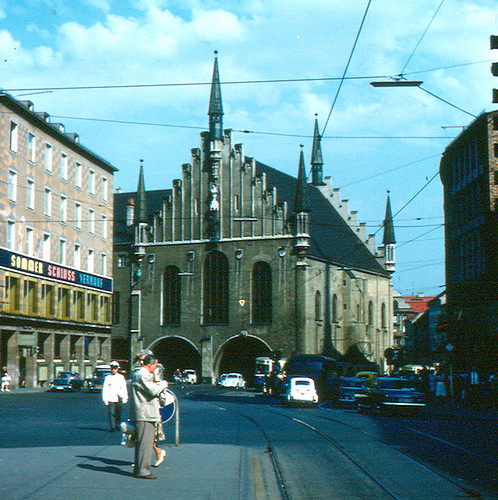
Leach begins delivering electronic relays for critical European defense and industrial uses from its new plant in Munich, Germany. The new plant, opened in only one year, is a wholly owned subsidiary of Leach International, originally established to produce parts for the F-104G jet program.
(credit: “Munich – Old City Hall” by roger4336 is licensed under CC BY-SA 2.0)
GLOBAL EXPANSION
1979 – CURRENT
Leach emerges as a leading supplier for sophisticated military and aerospace applications.

The Buena Park, CA facility is acquired in December and opens its doors for business
1979
Leach consolidates all U.S. manufacturing operations at Buena Park facility.
1992

1997
Leach International Asia-Pacific, Ltd is added in Hong Kong to extend global reach, overseeing manufacture and marketing for the region..
1990 until today – new product expansion
• the smart contractor
• the ideal diode
• solid state power distribution systems
• the ground fault interrupter
• the modular power distribution system (or AeroCots)
• high voltage components
Leach celebrates 100 years in business
2019
Late 1980s – new product expansion – for automatic power management systems in commercial and military aircraft, land-based defense vehicles, rail & helicopter applications, and various spacecraft.
• solid-state power controllers
• power control modules
1994
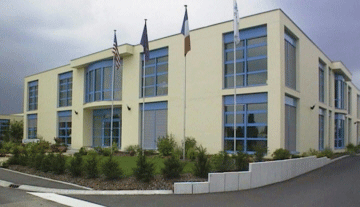
Leach Corporation merges with LRE to form Leach International. European operations are consolidated at Sarralbe, France, Leach International’s European headquarters
1999
The Guizhou Leach-Tianyi Aviation Electrical Company is formed in Zunyi City, China, resulting from Leach International’s joint venture with the Tianyi Electrotechnical Factory.
2001
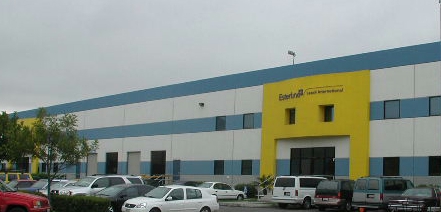
Leach International Mexico is established as a maquiladora in Tijuana, Mexico. The new facility provides increased manufacturing lines and core processes to support Buena Park.
2019

